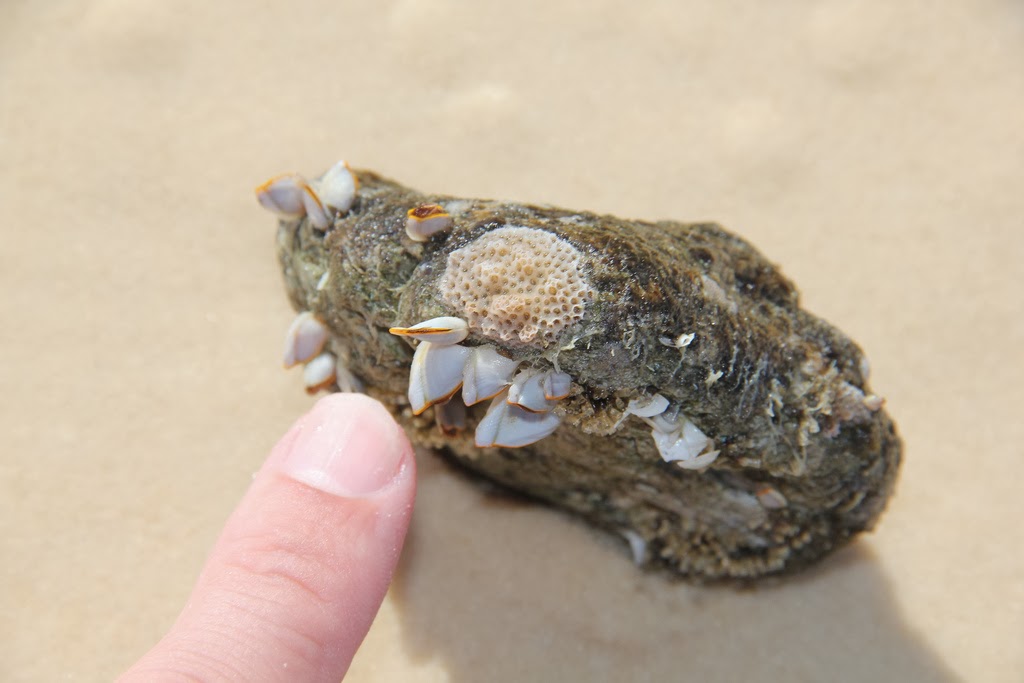
Pieces of pumice from the same volcanic eruption that caused the largest pumice raft seen in 50 years have continued to wash up on Queensland shores this week.The pumice was a result of the eruption of an underwater volcano known as Havre Seamount, 1000 km north of Auckland in July 2012.
Dr Scott Bryan from QUT’s Science and Engineering Faculty has been collecting and studying the pumice since a raft of the porous volcanic rock was first spotted by a passenger while flying from Samoa to New Zealand two weeks after the eruption.
“This volcano was discovered only a few years ago and so little is known about it,” he said.
“The summit sits about 700 m below sea level so it would have taken quite a lot of power to force the pumice up to the surface of the ocean. We are also looking at how big these pieces of pumice are and the amount that we are seeing washing up gives us an idea of the magnitude of the eruption.”
Since the discovery of the pumice raft, which was also seen early on via satellite imagery, pieces of the rock have washed up in New Zealand, Tonga, Fiji and along the eastern seaboard of Australia from as far north as the Torres Strait to Victoria. The most recent finds have been in South East Queensland, Townsville and the Whitsundays.
“It’s not unusual for pumice rafts to wash onto shore for up to a year after the first strandings which were in March this year,” Dr Bryan said.
“The pumice is essentially the only record we have of the eruption. It can help us to understand more about the nature of the volcano as well as how these volcanoes erupt explosively under so much water.”
While finding a piece of volcanic history on the beach is fun, Dr Bryan said the pumice does pose a safety issue for boats.
“The pumice can be a navigational hazard,” he said.
“We have had reports of it blocking and damaging water intakes for engine cooling systems on boats, which have had to be replaced, and so it can have a significant financial impact as well.”
Note : The above story is based on materials provided by Queensland University of Technology









